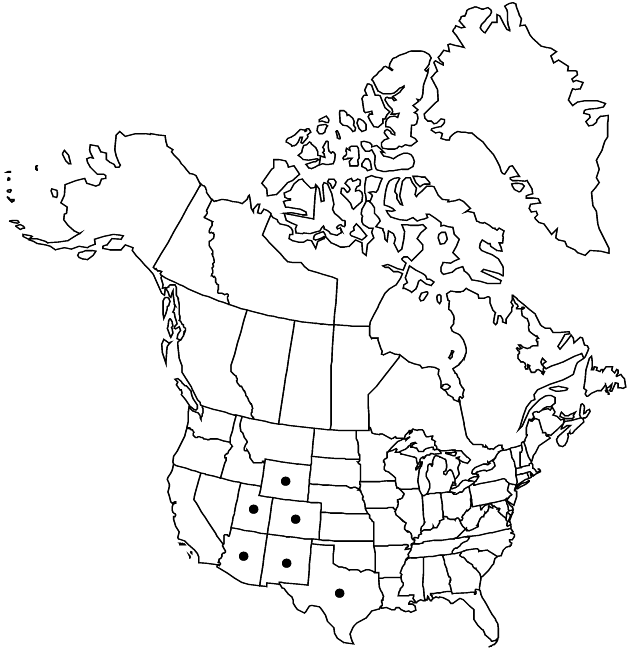Difference between revisions of "Townsendia annua"
Contr. Gray Herb. 183: 132, plate 22, fig. 4. 1957.
FNA>Volume Importer |
imported>Volume Importer |
||
| (One intermediate revision by the same user not shown) | |||
| Line 6: | Line 6: | ||
|place=183: 132, plate 22, fig. 4. 1957 | |place=183: 132, plate 22, fig. 4. 1957 | ||
|year=1957 | |year=1957 | ||
| + | }} | ||
| + | |special_status={{Treatment/ID/Special_status | ||
| + | |code=E | ||
| + | |label=Endemic | ||
}} | }} | ||
|basionyms= | |basionyms= | ||
| Line 45: | Line 49: | ||
|publication title=Contr. Gray Herb. | |publication title=Contr. Gray Herb. | ||
|publication year=1957 | |publication year=1957 | ||
| − | |special status= | + | |special status=Endemic |
| − | |source xml=https:// | + | |source xml=https://bitbucket.org/aafc-mbb/fna-data-curation/src/2e0870ddd59836b60bcf96646a41e87ea5a5943a/coarse_grained_fna_xml/V19-20-21/V20_433.xml |
|tribe=Asteraceae tribe Astereae | |tribe=Asteraceae tribe Astereae | ||
|genus=Townsendia | |genus=Townsendia | ||
Latest revision as of 20:03, 5 November 2020
Annuals, 3–12(–16+) cm. Stems decumbent to erect; internodes (1–)3–12(–18+) mm, strigose. Leaves mostly cauline, blades spatulate to narrowly oblanceolate, 8–12(–25+) × 1–3(–5+) mm, not fleshy, faces ± strigillose. Heads at tips of stems. Involucres ± hemispheric, 8–12(–16) mm diam. Phyllaries 26–30+ in 3+ series, the longer ± lance-ovate to oblanceolate, 5–6+ mm (l/w = 2.5–5), apices acute, abaxial faces strigillose to glabrate. Ray florets 12–30+; corollas white or pinkish to lavender adaxially, laminae 5–8+ mm, glabrous abaxially. Disc florets 60–120+; corollas 2.5–3.5+ mm. Cypselae 2–3 mm, faces hairy, hair tips glochidiform; pappi persistent; on ray cypselae ± 10 lanceolate scales 0.2–0.5(–1) mm; on disc cypselae 20+ subulate scales 1–2.5(–4) mm. 2n = 18.
Phenology: Flowering Apr–Jun(–Oct).
Habitat: Sandy soils, alkaline flats, red clays
Elevation: 1200–2100 m
Distribution

Ariz., Colo., N.Mex., Tex., Utah, Wyo.
Discussion
The type of Townsendia annua may prove to be conspecific with that of T. strigosa.
Selected References
None.